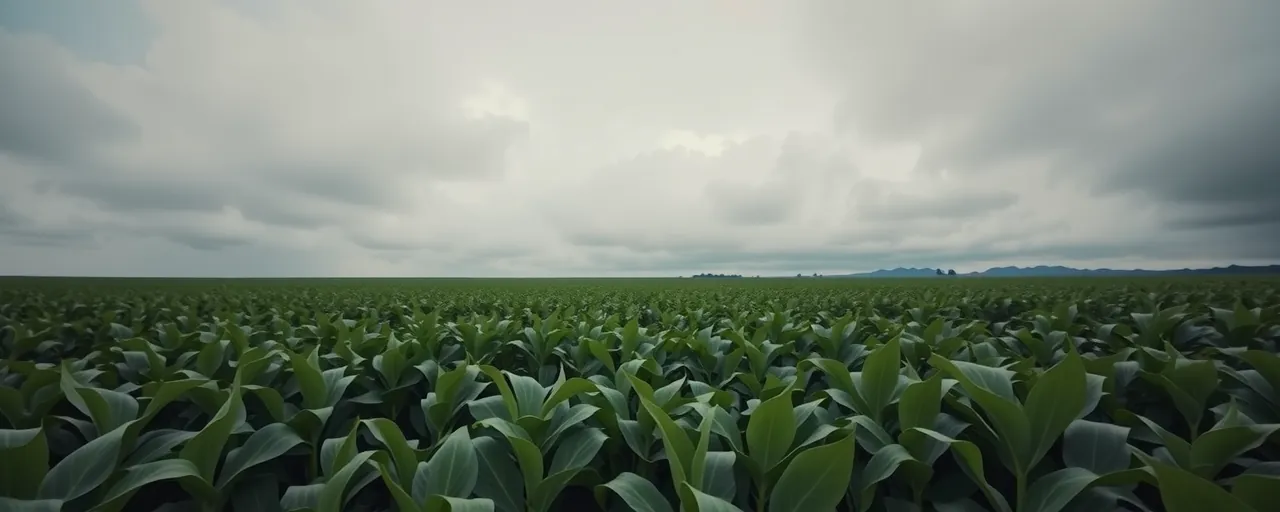Trade Tensions Resurface
President Donald Trump’s 2025 return to the White House has thrust trade policy back into the spotlight, placing American farmers at the heart of a heated debate. His plan for reciprocal tariffs, including 10% on Chinese goods and 25% on Canada and Mexico, seeks to secure better deals for U.S. agriculture. However, retaliatory tariffs from trading partners have already disrupted exports, leaving farmers to navigate a turbulent economic landscape.
The Purdue University-CME Group Ag Economy Barometer, a trusted gauge of farmer sentiment, climbed to 148 in April 2025, signaling cautious hope. Roughly 70% of farmers surveyed believe tariffs will bolster agriculture in the long run. Yet, immediate hurdles, such as canceled export orders and soaring input costs, complicate the picture for producers nationwide.
This article examines the real-world effects of Trump’s trade policies on U.S. farming. It draws on recent data, historical patterns, and varied perspectives to clarify what these changes mean for farmers, consumers, and the broader economy. The path forward remains uncertain, with high stakes for all involved.
Export Markets Under Pressure
Retaliatory tariffs have dealt a blow to U.S. farmers since January 2025. China’s 125% duties on soybeans and sorghum, paired with Canada’s 25% levies on potash and Mexico’s tariffs on key inputs, have upended supply chains. Exports through ports like Portland and Tacoma have dropped by 51% and 28%, respectively. The American Soybean Association notes that growers have lost millions in Chinese contracts, prompting many to reduce planting.
These disruptions recall the 2018–19 trade war, when U.S. agricultural exports fell by $13.2 billion annually, leading to $28 billion in federal aid. Today, farmers face similar risks. Domestic oversupply from blocked exports has driven down prices, tightening profit margins. The National Farmers Union warns that small and mid-sized farms could struggle to survive without swift relief.
Despite these challenges, some farmers remain resilient. The Farm Financial Performance Index has held above 100 for four consecutive months, suggesting that producers expect 2025 earnings to at least match last year’s. This optimism draws from past federal support and hopes for improved market access over time.
Investment Grows Amid Uncertainty
Farmers are betting on their future despite trade headwinds. The Farm Capital Investment Index reached 48 in early 2025, its second-highest level in three years. One in four farmers surveyed called it a good time for major investments, a significant jump from 2024. This confidence stems from stable farmland values and expectations of stronger markets under Trump’s trade agenda.
Historically, agricultural investment has fluctuated with commodity prices and policy support. The early 2000s saw farmland values soar by 50%, followed by a slowdown after 2015. Recent data point to a revival, but rising interest rates and a 25.6% decline in agtech venture capital in 2024 raise questions about long-term growth. If tariffs falter, this newfound optimism could fade.
Diverse Views on Tariffs
Advocates for Trump’s tariffs, including some rural policymakers, argue that the duties will force trading partners to lower barriers and strengthen national food security. They see tariff revenues as a way to fund rural infrastructure and rebuild domestic supply chains, such as fertilizer manufacturing, to reduce reliance on imports.
In contrast, organizations like Food & Water Watch and the American Farm Bureau Federation highlight serious risks. They warn that tariffs could raise consumer food prices, worsen farm-income challenges, and benefit large agribusinesses at the expense of smaller producers. A March 2025 poll revealed that 54% of farmers oppose using tariffs as a negotiation tool, citing immediate financial pressures from disrupted markets.
Economic Ripple Effects
The wider economic outlook raises concerns. Experts predict that Trump’s tariffs could reduce global agricultural trade by 3.3–4.7% and shave up to 1.2% off U.S. GDP. Higher costs for fertilizers and machinery threaten farm profitability, while competitors like Brazil and Argentina stand to capture lost market share. Historical trade disputes show that such shifts can have lasting consequences for U.S. farmers.
Still, some farmers hold onto hope. The Purdue Barometer indicates that expectations for the future outpace current conditions by 11–47 points, fueled by prospects of renegotiated trade deals. Producers express a complex mix of gratitude for past federal aid and caution about relying on it amid ongoing export uncertainties.
The Road Ahead
Trump’s tariff strategy represents a bold but risky move for U.S. agriculture. While some farmers see potential for fairer trade, others grapple with immediate losses. The Purdue Barometer’s rise in sentiment reflects cautious optimism, but steep export declines and rising costs tell a more cautious story. Past trade wars demonstrate that retaliation hits quickly, and recovery takes time.
Consumers may feel the impact through higher food prices if tariffs persist. Policymakers face the challenge of balancing short-term aid with long-term market stability. Farmers, caught in the middle, weigh cautious investments against unpredictable exports, banking on their ability to endure.
The future hinges on trade negotiations. Will tariffs unlock new opportunities, or deepen economic challenges? American farmers stand at a pivotal moment, balancing today’s sacrifices with hopes for a stronger tomorrow.
